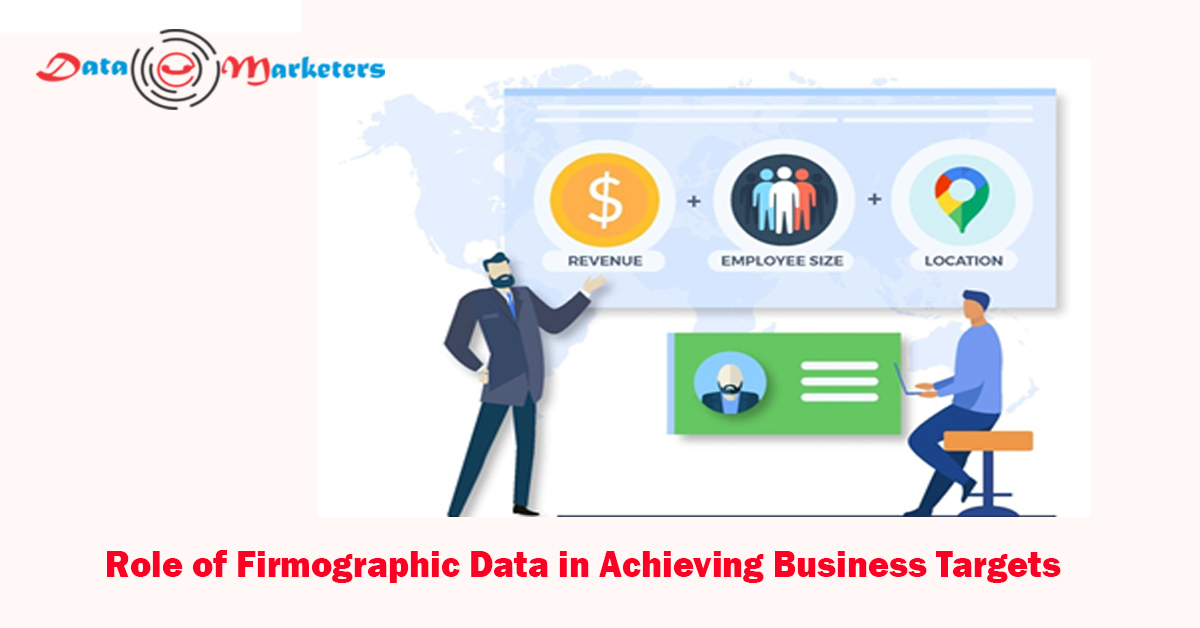
With the growing use of cutting-edge approaches and tactics, marketers are realising the value of data like Firmographics, which can shorten the sales cycle and enhance conversion rates in a short period of time. If you want to make sure your sales team has a prospect list to work with and your pipeline stays full, you need to be able to identify qualified prospects fast. In order to apply successful customisation, 55% of marketers do not have enough customer data. In such circumstances, firmographic data can certainly help!
Firmographic data is essential for ensuring that your team spends their time focused on leads and firms that are highly qualified for your product or service, as well as ensuring that your messages are as relevant to your audience as possible. In this blog, we are going to explain what firmographic data is, why it’s useful, and how you can use it to improve your sales and marketing efforts.
What is Firmographic Data?
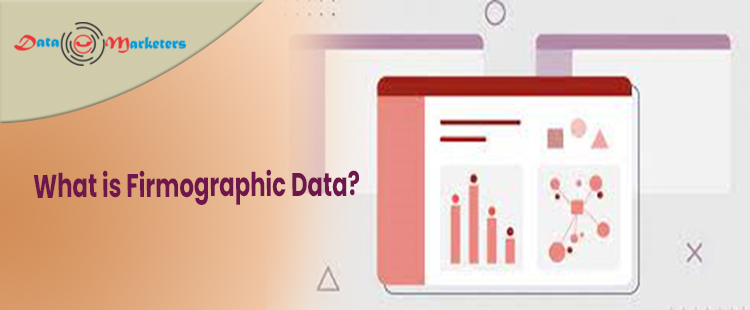
Firmographic data is a collection of information about businesses (also known as businesses, organisations, or companies) that can be used to segment markets and discover high-value customers. When you want to speed up the lead nurturing process, firmographic data is nearly like the B2B equivalent of demographic data.
Depending on your company’s focus, the following qualities may be included in firmographic data:
- Company size
- Industry
- Number of employees
- Annual revenue
- Location
- Type of company (B2B or B2C, product-based or service-based, SaaS)
This information can be quite useful in the lead scoring and ranking process, assisting your sales team in determining which leads to pursue most aggressively.
Significance of Firmographic Data
Firmographic data is primarily used to aid audience segmentation and to generate relevant, customised content for potential clients. It shows you what use case a company might have for your product, what problem-solving needs they might have depending on their size, location, and industry, and how much revenue they might spend on similar items each year. This can aid in the identification of high-quality targets, the reduction of time spent following up on bad leads, and the development of improved marketing plans for a range of business kinds.
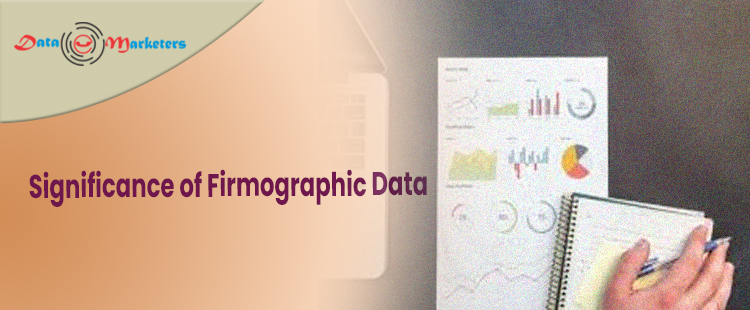
By knowing the particular needs of each business you approach, your company will be able to access a larger pool of potential clients using Firmographic data. It will not only help you locate high-potential businesses to partner with, but it will also assist you in:
- Developing and implementing a Personalised marketing, contact, and sales conversion plan and approach.
- Customizing and increasing your interactions with target firms in terms of customer service.
- Building long-term relationships with potential clients.
- Identifying your ideal client profile and fine-tuning your focused advertising strategies.
Different Aspects Of Firmographic Data And It’s Use:
• Annual Revenue
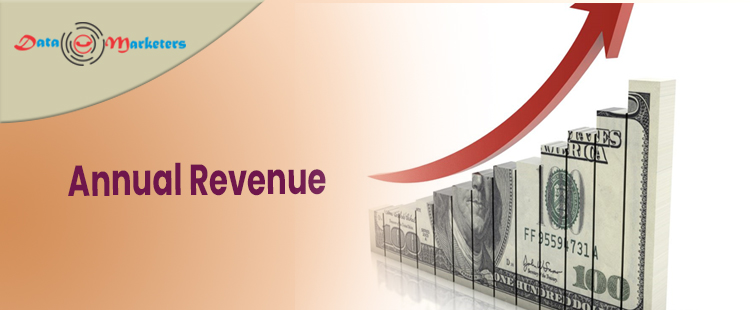
This set of data evaluates an organization’s annual and quarterly revenue, as well as pertinent expenditure trends, in order to determine its client potential. This can assist you in developing a successful long-term sales strategy as well as identifying any immediate demands that a company could have.
• Company Size

This dataset will look at an organization’s physical size, such as the number of people that work there, as well as its organisational culture. Again, different sizes of enterprises will have different uses for your product.
• Ownership

This dataset evaluates how ownership is distributed or organised within a company. Whether your target is a publicly or privately owned company, a cooperative venture, a non-profit, or a government agency, knowing their sales potential is crucial.
• Growth Trends
This dataset will be used to determine a company’s current stage of development. Whether your potential client is a new startup, growing, downsizing, or steady, the marketing strategy you should choose, as well as the contact to sales conversion pathway, may be influenced.
The Purpose of Firmographics
By defining firmographic traits and segmenting a market based on them, allows organisations to:
• Reveal Business Insights

Firmographics assist enterprises gain business insights into B2B target markets by addressing often asked questions like:
- Where are the companies in this market segment geographically located?
- How many employees do they have?
- What is the worth of each company?
- What is the Total Addressable Market’s size?
• Categorize Firms By Industry Or Sector

Firmographics allow B2B companies to categorise companies in their target markets based on their industry type. Tech businesses, for example, will have different distinguishing characteristics than educational institutions or government agencies. As a result, these businesses should be approached and presented differently.
• Optimize Marketing Strategies
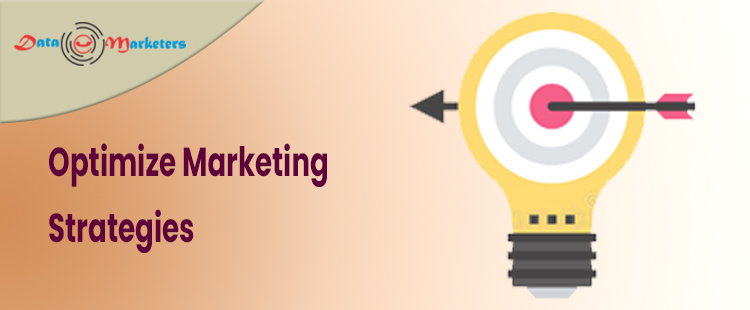
A company’s marketing strategy can be confident if it promotes adequately focused and personalised messaging that corresponds with the pain points of each market segment. Most marketers strive to send the appropriate message to the right person at the right time, and Firmographic data can help them achieve that goal.
• Avoid Lost Opportunities
Optimizing marketing techniques and employing a data-driven sales approach decreases the risk of missing out on business possibilities.
• Understand Trends In Data
Professionals can recognise patterns in data by evaluating reports and analytics from Firmographic segmented marketplaces. These patterns can subsequently be taken into consideration throughout marketing and sales operations, resulting in increased efficacy.
Final Thoughts
For B2B brands looking to improve their customer journey and lead generation funnels, firmographic data is basically a must-have data source. It’s crucial to understand who your target audience is, how to communicate with them, reach them, and convert them once they’ve discovered your brand.
Remember that knowing what to do with those leads after they arrive is possibly the most crucial aspect of the process, because lead generation efforts are useless if you can’t convert them. That’s why lead scoring is so important: it allows your sales team to act quickly and precisely to assist your target consumers the moment they contact you with relevant information.
